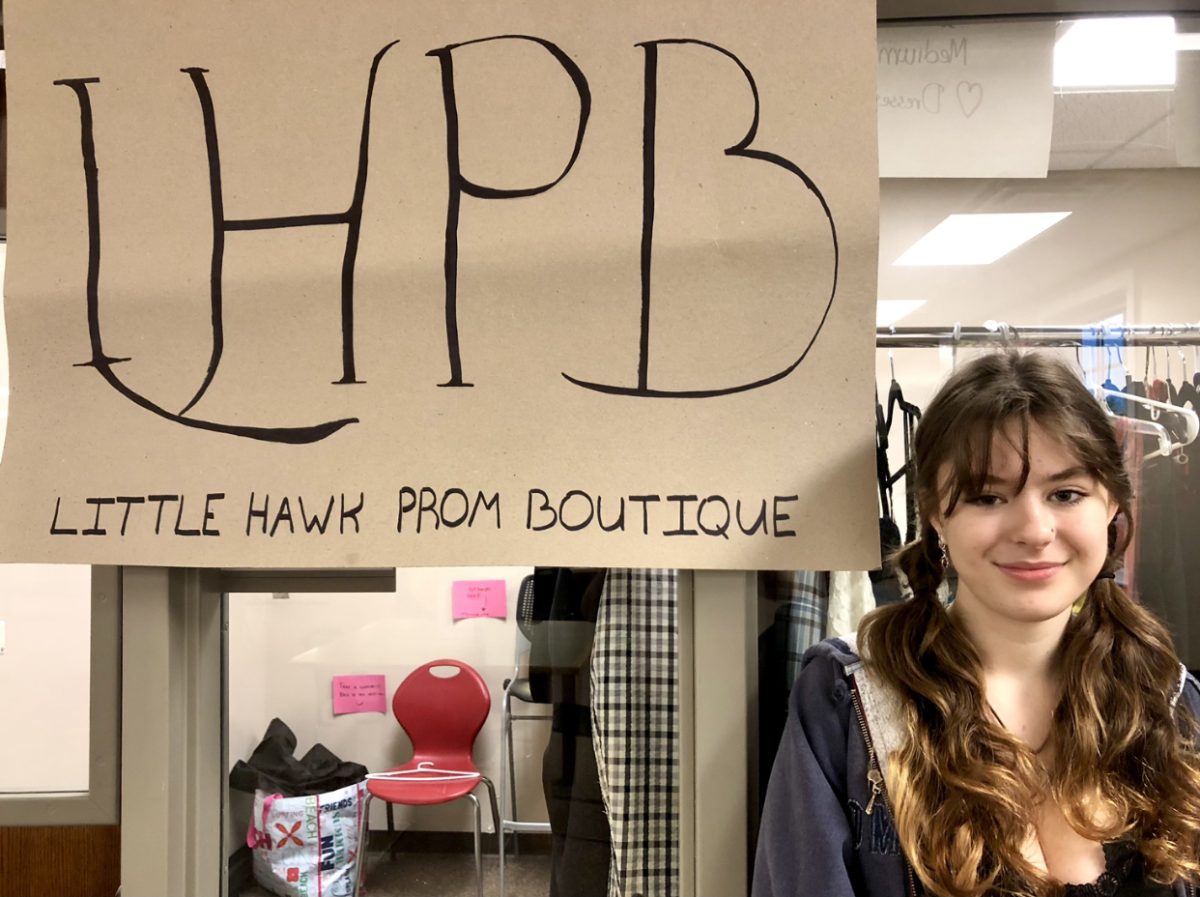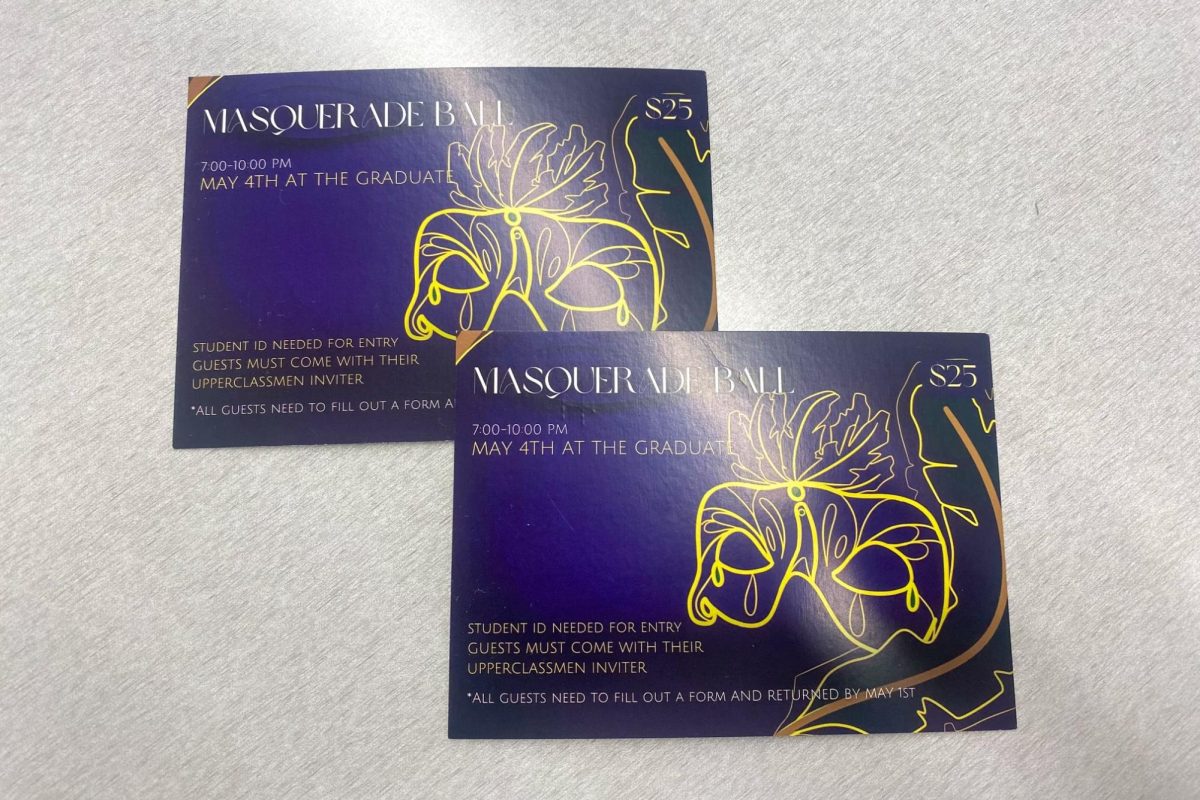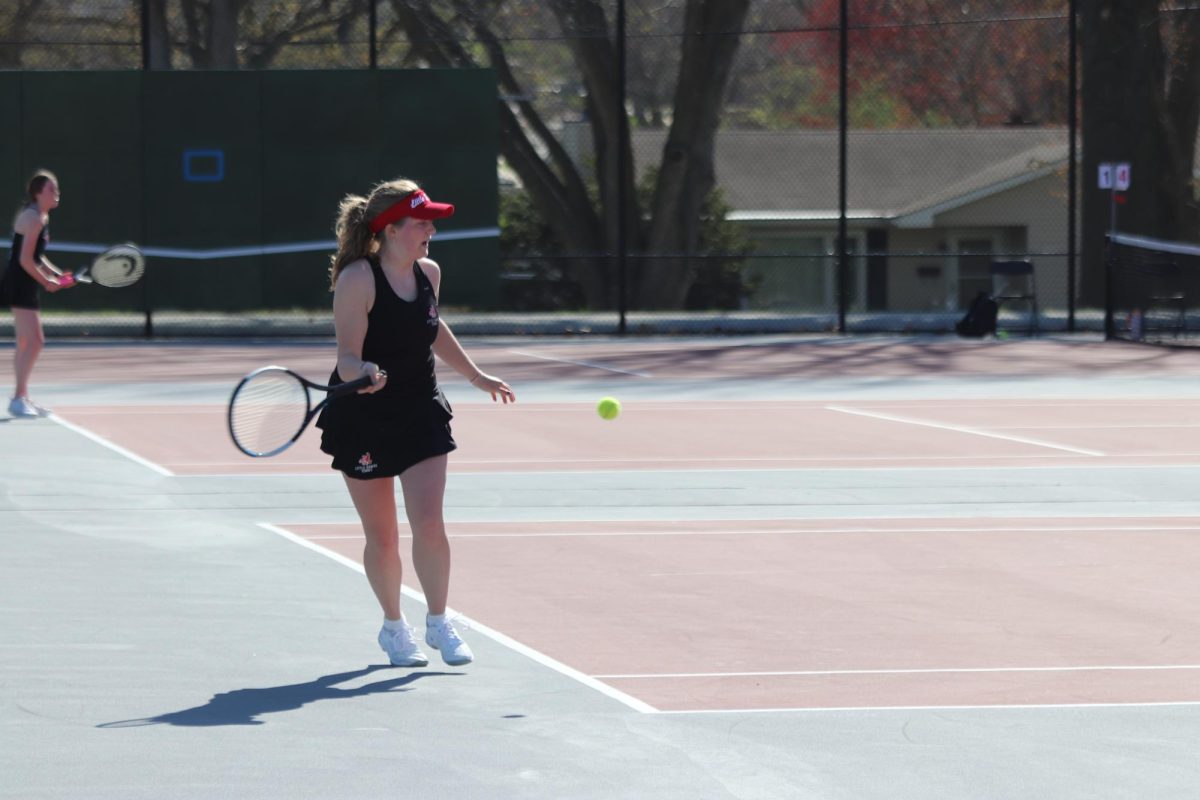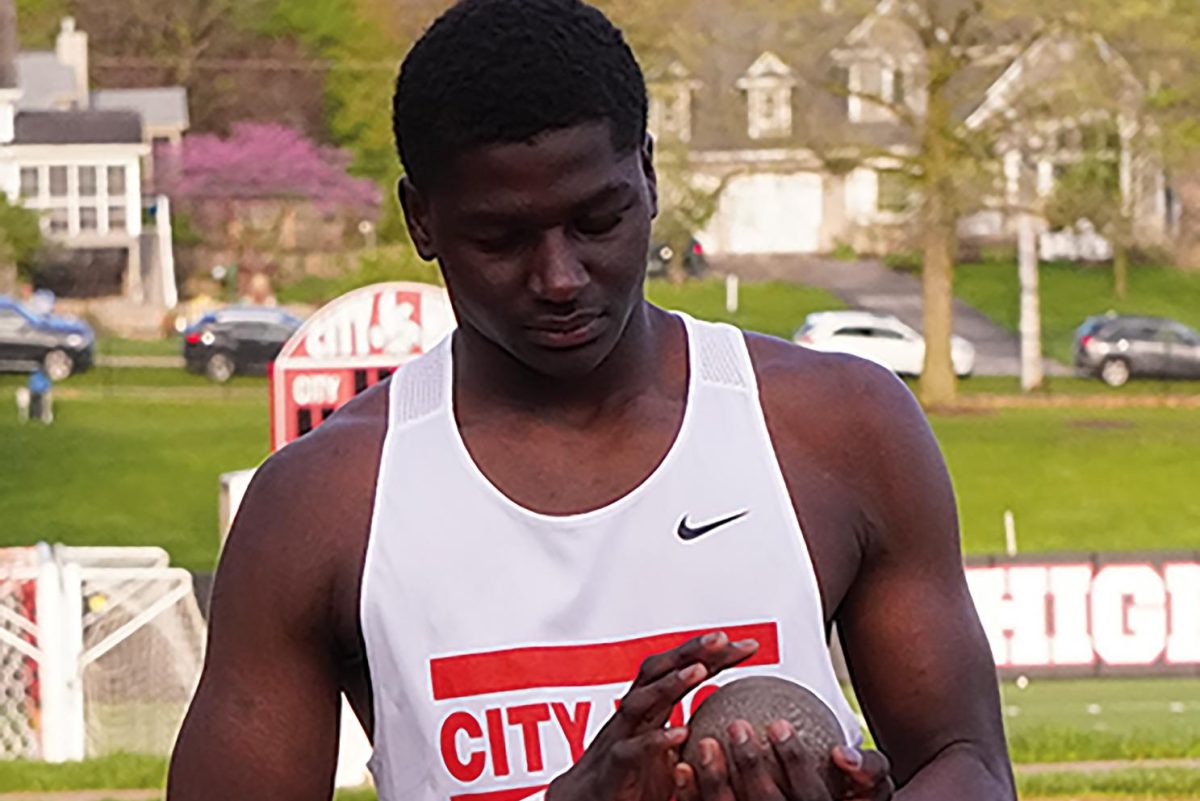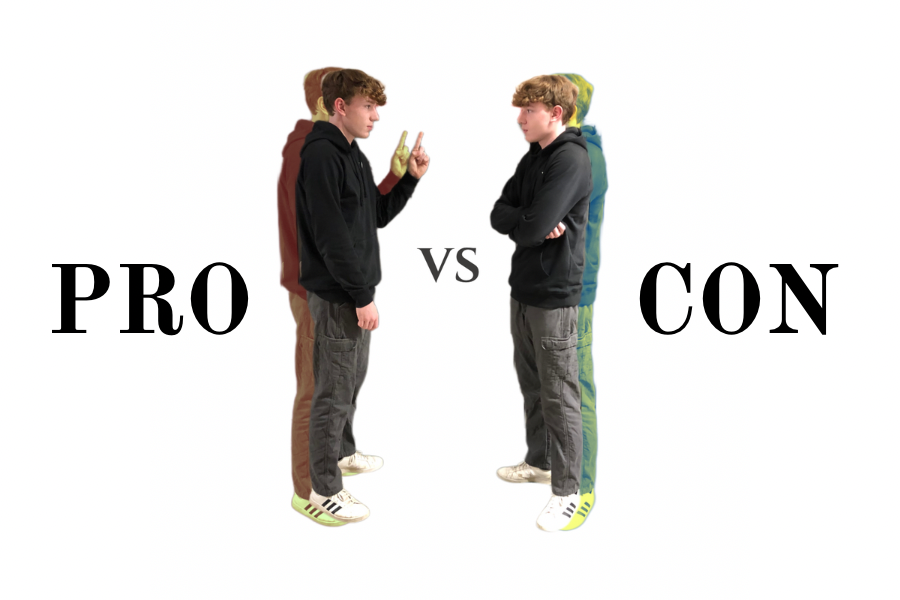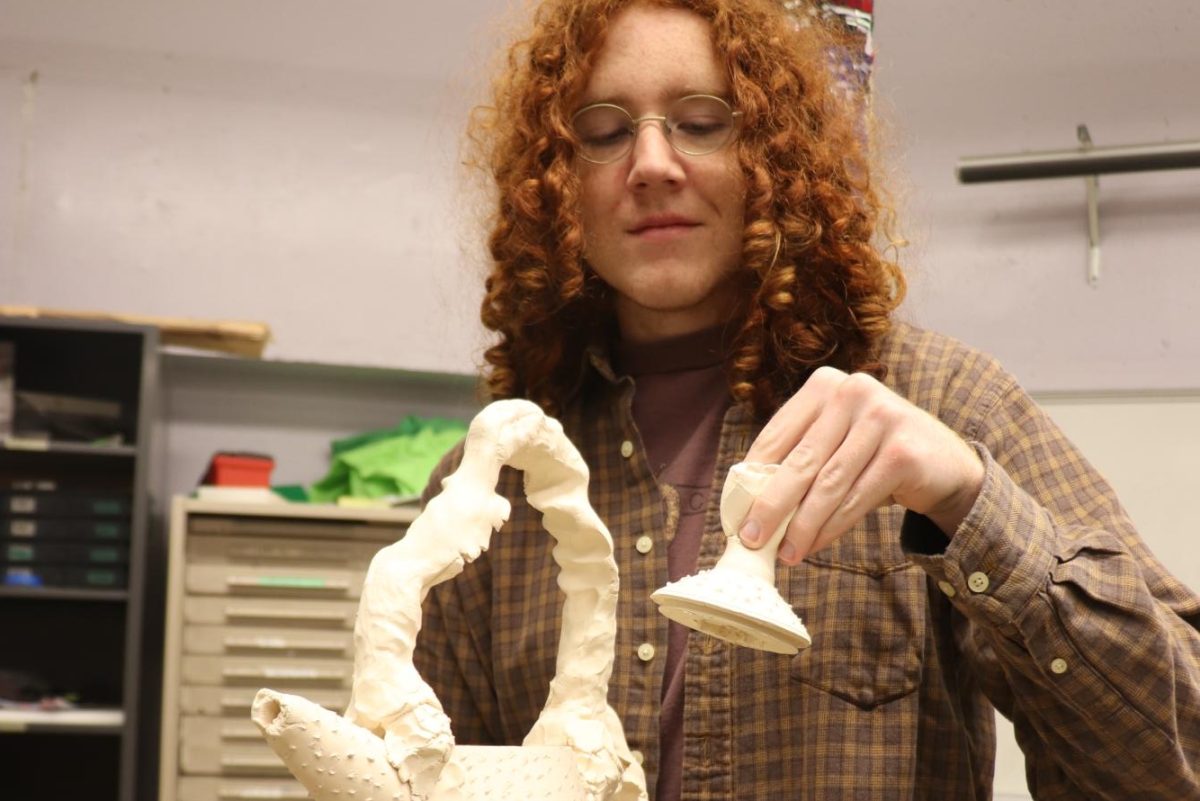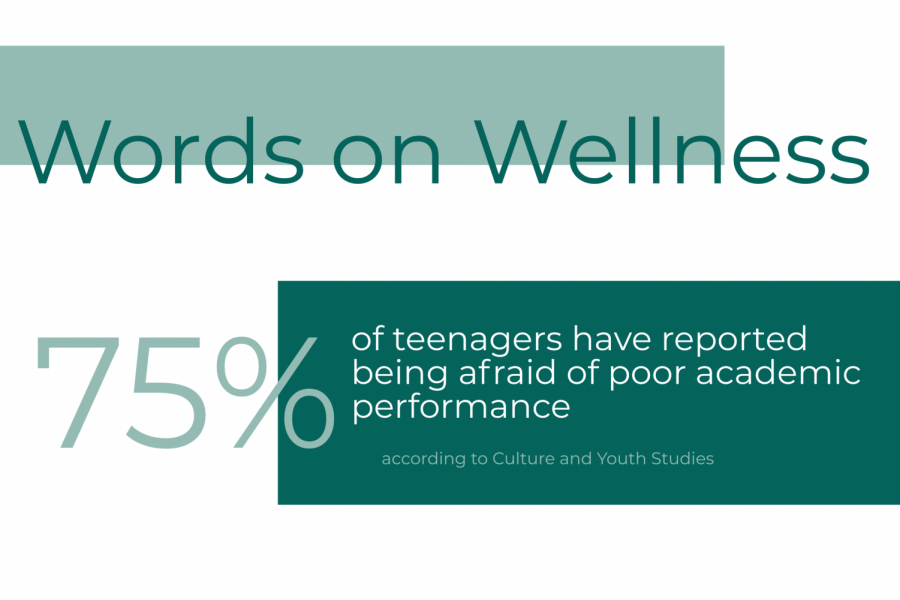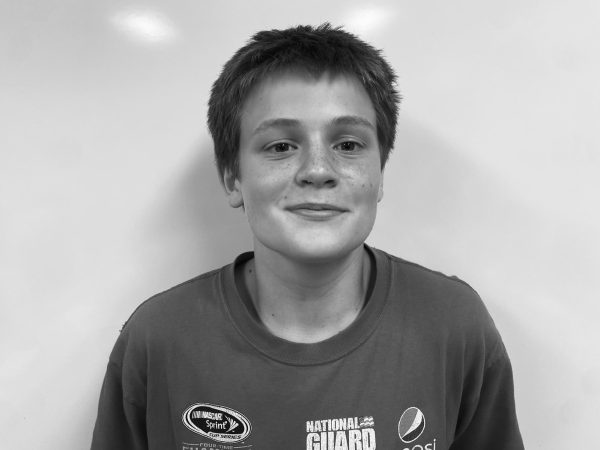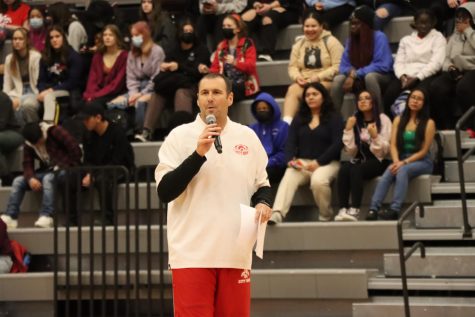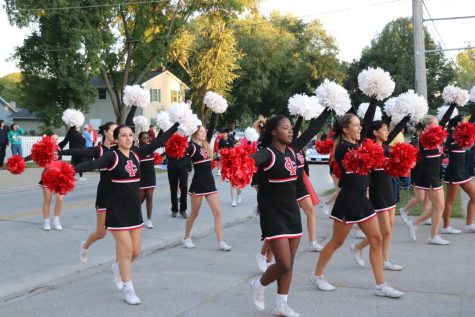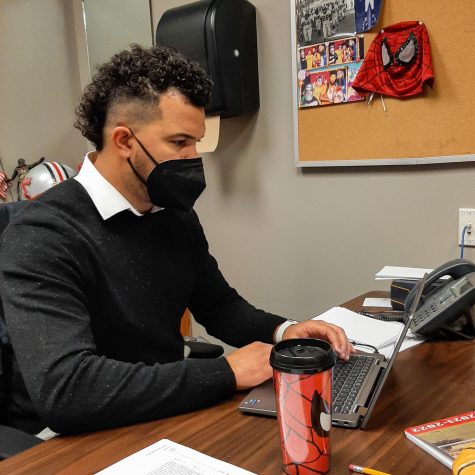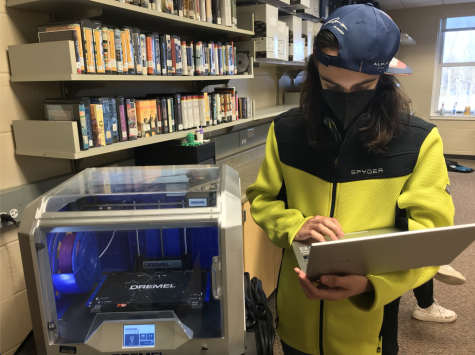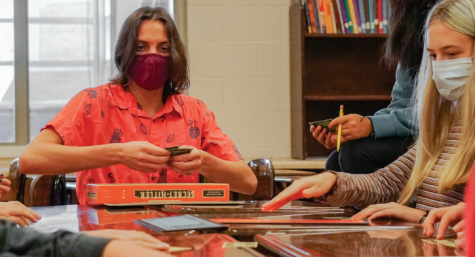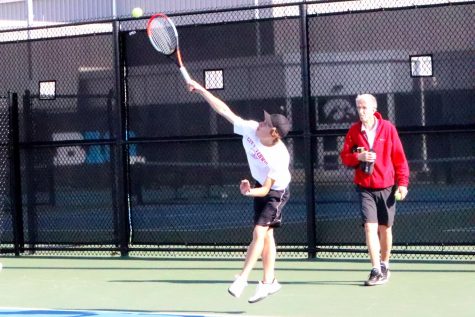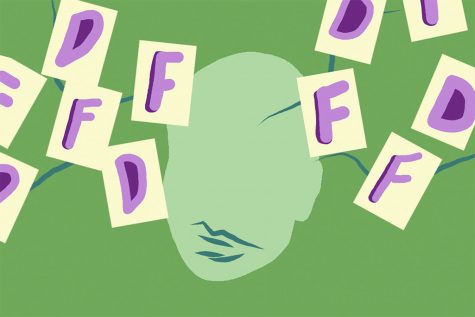Wellness Wednesday
City High School starts a new program for helping students deal with stress.
An infographic gives information about stress in students.
November 18, 2019
As concerns about the mental health of students has risen, new ways to cope with the stress of school are being integrated into the classroom. Teachers at City High have begun to search for solutions to this problem.
Michael Ayers, the AP Seminar teacher at City High School, had something to say about this.
“My goal is to provide students with a toolbox of skills that they can use when they are feeling overwhelmed or stressed out,” said Ayers.
Ayers is referring to a new system which has been put into place, providing guided meditation and mindfulness practices during AP Seminar and AP Research every other Wednesday.
According to Psychology Today, “mindfulness means paying attention on purpose, in the present moment, and nonjudgmentally.” Ayers hopes to use idea this to help overly stressed students.
“I’m concerned about students who take a lot of AP classes and honors classes. A lot of those same students are in a lot of activities, have jobs, and may also have various home responsibilities,” Ayers said.
According to the US Department of Labor, after sleeping, the most time-consuming thing in a teenager’s life is school. In addition to that, classwork has gotten more strenuous and more teenagers are taking advanced classes to prepare for college.
“I worry about high-achieving students over the long term, because if you don’t figure out how to manage the anxiety that kind of high-paced life produces, you can go your whole life living like that,” Ayers said, “racing from one thing, to the next, to the next, always playing catch-up.”
In fact, according to the American Psychological Association (APA), teenagers are reporting stress levels higher than than those of adults during the school year, and stress levels that rival those of adults during the summer.
In addition, the APA reported that about 30 percent of teenagers feel depressed or sad as a result of stress. While a study conducted by New York University found that 26 percent of teenage students reported symptoms of depression at a “clinically significant level.”
“I hear students talking about how exhausted they are and how much homework they have,” Ayers said. “When I heard some specific stories from AP Seminar students at the end of last year, my goal was to try and figure out what we could add to the curriculum to help students learn to deal with it.”
According to Ayers, the new mindfulness system has not interfered with the preexisting AP Seminar curriculum.
“AP Seminar is a good opportunity to try and help students because it is a one-period class where we have a lot of control over the curriculum,” Ayers said. “[The layout of the class means] we don’t feel like we are constantly racing for control over a test at the end of the year. We can manage our time to have a system like this.”
Ayers has reported that his students have taken enthusiastically to the new program. For example, Maggie Ballard ‘21, a student in Seminar, finds that the mindfulness activities help her deal with stress.
“[When I’m stressed,] I play with my hands a lot, I twist my bracelets constantly, I shake my leg up and down, and crack my neck. I just mess with everything that I’m wearing,” said Ballard. “But now I notice when I start to do this, and I tell myself, ‘Try to breathe,’ to calm myself down. I think it definitely helps.”
In the beginning, Ayers and Ballard reported feeling hesitant to try mindfulness. According to clinical psychologist Nick Wignall, people can be hesitant to start mindfulness because “they’re a little uneasy about it, often because any type of meditation sounds just a little too new-agey or ‘out there.’”
Ballard felt a similar way before trying the new program.
“I didn’t think that [mindfulness] would help [me]. I also hadn’t really ever tried it,” Ballard said. “It just seems kind of dumb to count your breathing. But when I did it, it definitely helped.”
Ballard also feels that incorporating more mindfulness into the school system would be a positive thing.
“I think it would be a really cool thing for other teachers to do, because junior year is a really stressful year for a lot of people. We should have more teachers do mindfulness instead of just one class,” Ballard said.
Ayers agrees that more teachers should take this on in their curriculum.
“I think any teacher who feels they have space in their curriculum to build in opportunities for students to reflect on processes related to school and learning should,” Ayers said. “Not everybody’s going to feel like they have that and that’s fine. I don’t think every teacher needs to do this, although I think that all teachers need to be aware of the widespread problems with anxiety. I only hope that additional teachers will try to find some space for talking with students about mindfulness.”



